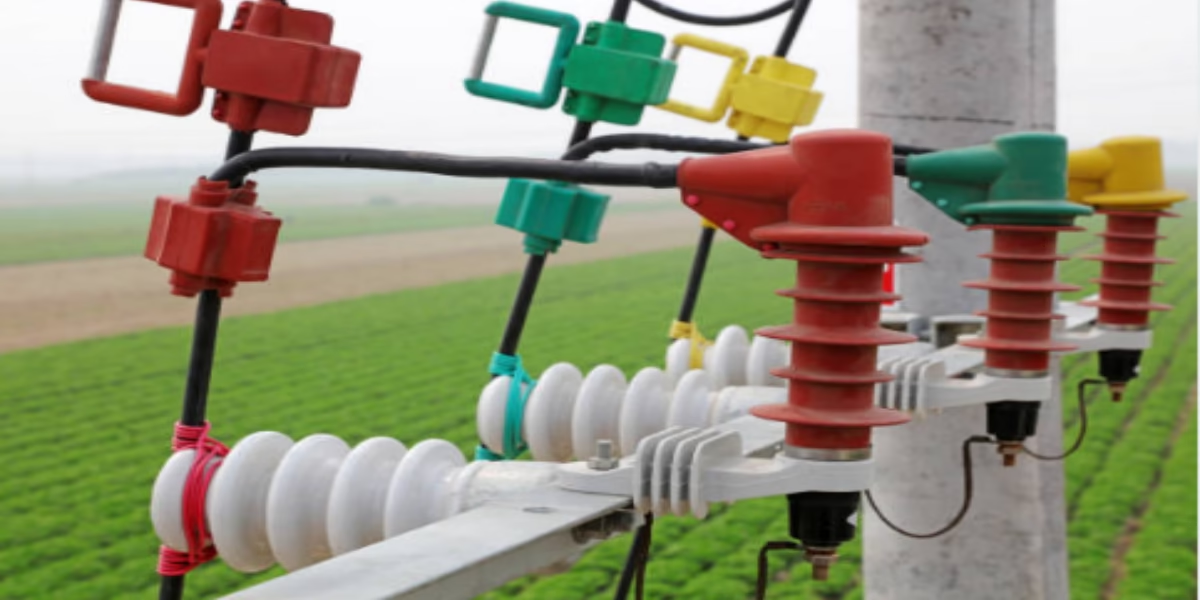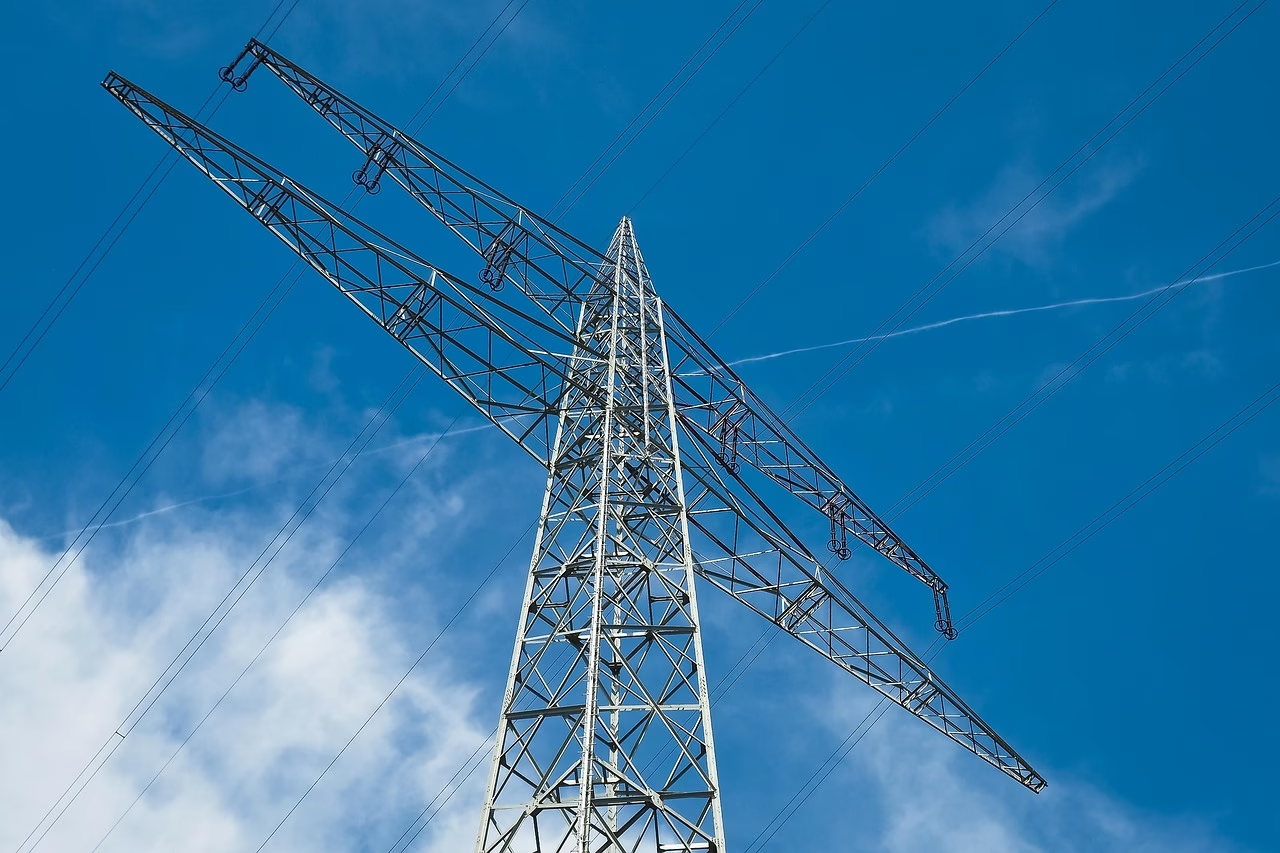In the intricate web of modern power systems, where electricity flows seamlessly too power our lives, the unsung heroes often go unnoticed. Among these pivotal components are pin insulators, crucial yet frequently overlooked elements that play a vital role in ensuring the stability and safety of electrical networks. As the silent sentinels perched on utility poles, pin insulators serve not only as physical supports but also as indispensable barriers against the forces of nature and electrical currents. This article aims to delve into the intricacies of pin insulators—exploring thier design, functionality, and the importance they hold within the larger framework of energy transmission. Join us on a journey to understand these essential components that, while may seem simple at a glance, are instrumental in maintaining the reliability of our power systems.
Table of Contents
- Exploring the Role of pin Insulators in Electrical Grids
- Technical Composition and Material Selection for Optimal Performance
- Best Practices for Installation and Maintenance of Pin Insulators
- Assessing the Impact of Environmental Factors on Insulator Longevity
- Q&A
- Future Outlook
exploring the Role of Pin Insulators in Electrical Grids
Pin insulators play a crucial yet often overlooked role in ensuring the reliability and efficiency of electrical grids. These components are designed to support overhead power lines while preventing electrical leakage to the ground.Made primarily from materials such as porcelain or composite polymers, they are engineered to withstand various environmental conditions, including extreme temperatures, moisture, and pollution. The design of pin insulators allows them to provide a sturdy support structure while being lightweight, which is essential for minimizing the overall load on power lines and improving the lifespan of the entire system.
The importance of selecting the right type of pin insulator cannot be underestimated. factors such as voltage level, environmental conditions, and mechanical load must all be considered to ensure optimal performance. As a notable example, insulators used in coastal areas may require more resilient materials to combat the effects of saltwater corrosion. Additionally, the electrical characteristics of insulators can be significantly impacted by their design features, influencing their performance in humid or polluted environments.The following table summarizes key factors influencing the selection of pin insulators:
| Factor | Description |
|---|---|
| Voltage Level | Determines the dielectric strength required for insulation. |
| Environmental Conditions | Includes temperature, humidity, and presence of corrosive elements. |
| Mechanical Load | Considers wind, ice loading, and weight of the conductor. |
Technical Composition and Material Selection for Optimal Performance
Pin insulators are critical elements in power transmission systems, acting as the interface between electrical conductors and the supporting structures.The choice of materials and their technical composition significantly influences the performance and longevity of insulators. Porcelain,glass,and polymeric materials are the most common choices,each offering unique properties. Porcelain and glass insulators are renowned for their durability and resistance to environmental stressors, while polymeric insulators are lauded for their lightweight nature and adaptability, offering an effective solution for various installation scenarios.
When selecting materials, several factors must be considered to ensure optimal performance:
- Electrical properties: Insulators must possess high dielectric strength to withstand voltage surges.
- Thermal resistance: materials should be able to function effectively within a wide temperature range.
- Weather resistance: The chosen materials should withstand extreme weather conditions, including UV radiation and moisture.
- Mechanical strength: Adequate tensile strength is essential to resist mechanical loads during storms and other environmental challenges.
| Material | Advantages | Common Uses |
|---|---|---|
| Porcelain | High durability, excellent electrical insulation | High voltage applications |
| Glass | Openness for inspection, strong against erosion | Transmission lines in harsh environments |
| Polymeric | Lightweight, flexible, high resistance to wildlife | Urban applications and adaptable installations |
Best Practices for Installation and Maintenance of pin Insulators
To ensure the longevity and optimal performance of pin insulators, careful installation is crucial. Start by verifying that the support structure is stable and adequately meets local electrical standards. When placing insulators,maintain a consistent distance from electrical conductors to prevent any risk of arcing or flashover. It's essential to select the appropriate insulator type based on environmental conditions and the electrical load it will bear.Additionally, ensure all fittings are secure and check for any nicks or cracks in the insulators themselves during installation, as these can lead to premature failure.
Ongoing maintenance is equally significant.Regularly schedule visual inspections of the insulators and their mounting points to identify signs of wear, moisture accumulation, or contamination by dirt and bird droppings, which can affect performance.Utilize a cleaning regimen that suits the specific environment, such as using a dry cloth for general dirt removal or specialized solutions for tougher contaminants. Moreover, keep proper documentation of all maintenance activities and inspections, as this can definitely help in predicting future issues and ensuring compliance with safety regulations.
Assessing the Impact of Environmental Factors on Insulator Longevity
The longevity of pin insulators is profoundly influenced by various environmental factors. Humidity, temperature fluctuations, pollution levels, and UV radiation exposure can significantly affect the electrical insulating properties of these components. As an example,prolonged exposure to high humidity can lead to moisture ingress,compromising the insulator's ability to resist electrical breakdown. Similarly, extreme temperature variations can cause materials to expand and contract, which may result in micro-cracks that undermine the structural integrity of the insulator over time. Understanding these dynamics is crucial for power companies in selecting the right insulator materials and maintenance schedules.
Moreover, geographical location plays a vital role in determining insulation performance and durability. Insulators installed in coastal areas may face accelerated degradation due to saline moisture and corrosive elements, while those in industrial regions might be subjected to high levels of airborne contaminants. The following table summarizes the impact of different environmental factors on pin insulator longevity:
| Environmental Factor | Impact on Longevity |
|---|---|
| Humidity | Increased risk of tracking and leakage currents |
| Temperature Variations | Potential for material fatigue and cracking |
| Pollution Levels | corrosion and contamination leading to performance loss |
| UV Radiation | Degradation of surface material,reducing overall strength |
Q&A
Q&A: Understanding Pin Insulators - Key Components of power Systems
Q1: What are pin insulators,and what role do they play in power systems?
A1: Pin insulators are crucial components of electrical power distribution systems. They are designed to safely support and insulate overhead electrical conductors from the supporting structures, typically wooden or concrete poles. By preventing electrical current from grounding out, pin insulators ensure the safe and efficient transmission of electricity across distances.
Q2: How do pin insulators differ from other types of insulators?
A2: Pin insulators are specifically designed to be fixed to a pin, which is affixed to a pole.This design allows them to accommodate the weight and tension of high-voltage conductors. In contrast,other insulators,such as suspension insulators,are used in different configurations to provide tension and flexibility,especially in long spans between towers. Each type of insulator is optimized for it's specific request within the power system.
Q3: What materials are pin insulators made from, and how does this affect their performance?
A3: Pin insulators are typically made from materials such as porcelain, glass, or polymer composites. Porcelain and glass insulators are favored for their excellent electrical properties and mechanical strength, while polymer insulators offer lighter weight and enhanced resistance to environmental degradation. The choice of material impacts factors such as insulation strength, durability, and resistance to weathering, thereby determining the overall performance of the insulator in various conditions.
Q4: Can you explain the concept of insulation flashover and how pin insulators help prevent it?
A4: Insulation flashover occurs when electrical current overcomes the insulating properties of an insulator, causing a breakdown and allowing current to flow across the insulator’s surface. Pin insulators are designed with specific surface and structural configurations to increase the distance that electrical current must travel, effectively minimizing the risk of flashover. Additionally,maintenance practices such as cleaning and periodic inspections further enhance their resistance to flashover.
Q5: What are some common factors that can affect the performance of pin insulators?
A5: Several factors can impact the performance of pin insulators, including environmental conditions (such as humidity, temperature, and pollution), mechanical stress from wind or ice, and the quality of installation. Regular maintenance is essential to identify wear or damage early, ensuring that insulators continue to perform their critical role without failure.
Q6: How do pin insulators contribute to the reliability of power systems?
A6: Pin insulators play a vital role in maintaining the reliability of power systems by preventing electrical failures that could lead to shorts or outages.By effectively insulating conductors, they help maintain uninterrupted power flow and minimize disruptions caused by environmental factors. as a result, well-maintained pin insulators enhance the overall stability and efficiency of electrical grids, which is essential for modern power distribution.
Q7: Are there any innovations in pin insulator technology that are noteworthy?
A7: Yes, advancements in materials and designs have led to innovations in pin insulators. for example, the growth of composite insulators has yielded lighter and more durable options that provide excellent weather resistance and mechanical strength. Smart technologies integrating sensors in insulators for real-time performance monitoring are also emerging, allowing utility companies to manage maintenance proactively and reduce the risk of failures.
Q8: What should utility companies consider when selecting pin insulators for their systems?
A8: Utility companies should consider several key factors when selecting pin insulators, including voltage rating, mechanical strength, environmental conditions, and the specific characteristics of the installation site. Additionally, the expected lifespan, maintenance requirements, and cost-effectiveness of the insulator materials should be evaluated to ensure long-term reliability and performance in their power distribution networks.
---
by understanding the importance and functionality of pin insulators, stakeholders in the power sector can appreciate their crucial role in maintaining safe and reliable electrical transmission, paving the way for more resilient power systems of the future.
Future Outlook
pin insulators may seem like unassuming components in the vast tapestry of power systems, but their role is pivotal in ensuring the reliability and safety of electrical distribution. As silent sentinels perched atop utility poles, they not only support conductors but also play a crucial part in protecting our electrical infrastructure from the elements. Understanding these components reveals the intricacies of modern power systems and highlights the engineering expertise behind every spark of electricity that illuminates our lives. As we continue to advance in technology and face the challenges of a changing environment, the humble pin insulator will remain an essential piece of the puzzle, quietly sustaining the flow of energy that powers our world. So next time you glance at a power line,take a moment to appreciate the small but mighty insulators that make connectivity possible—true guardians of the grid.





